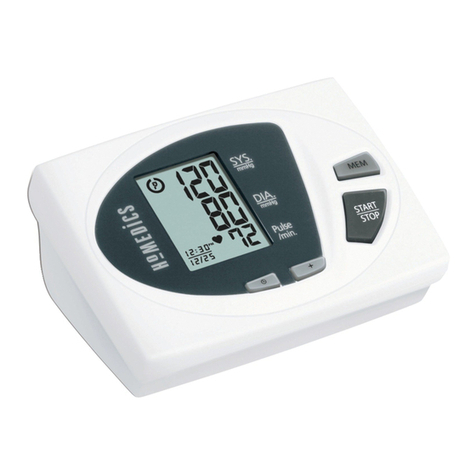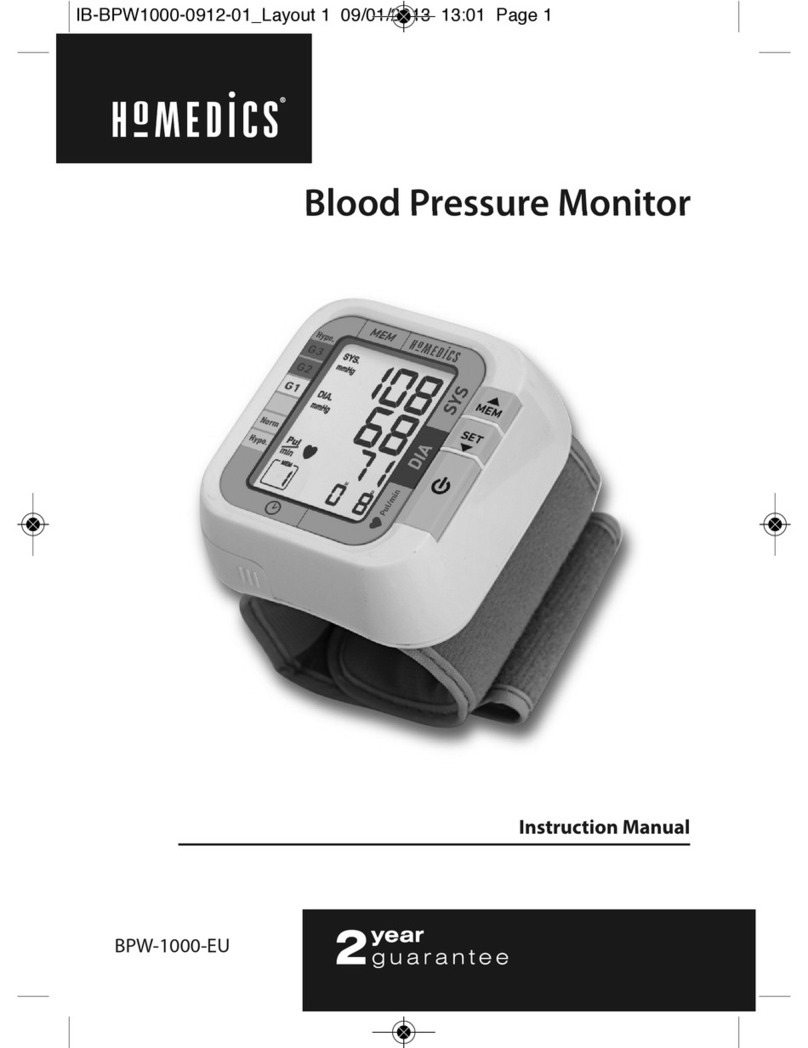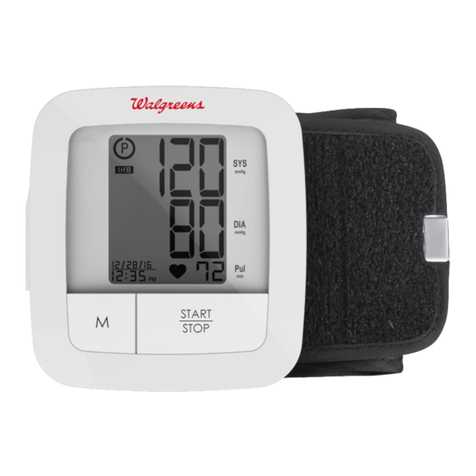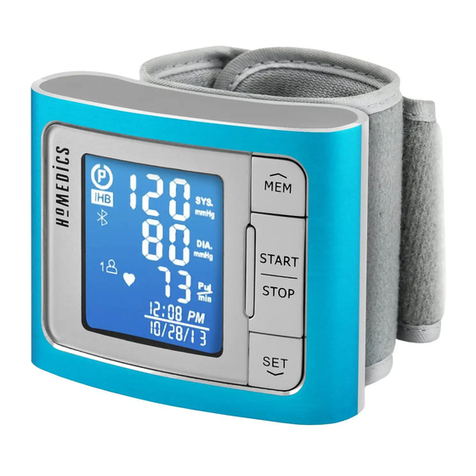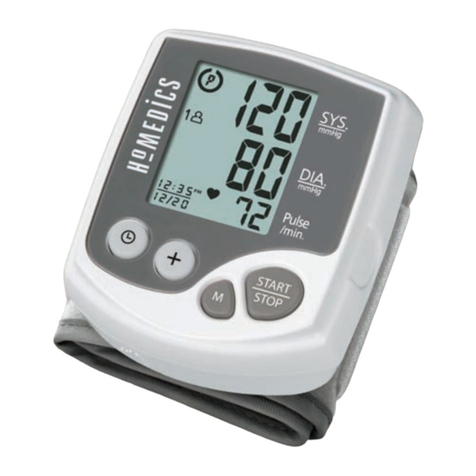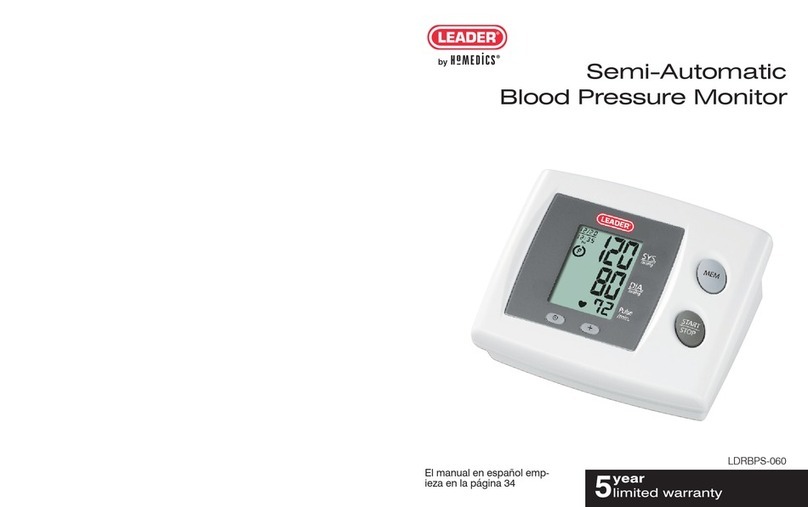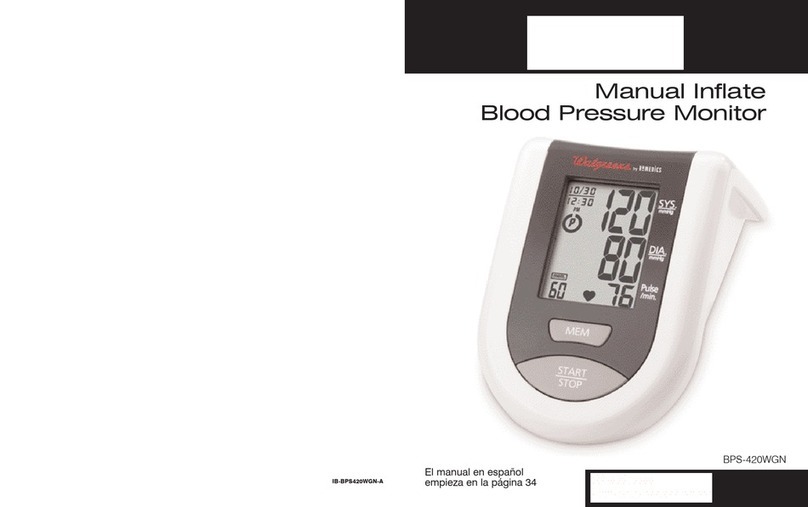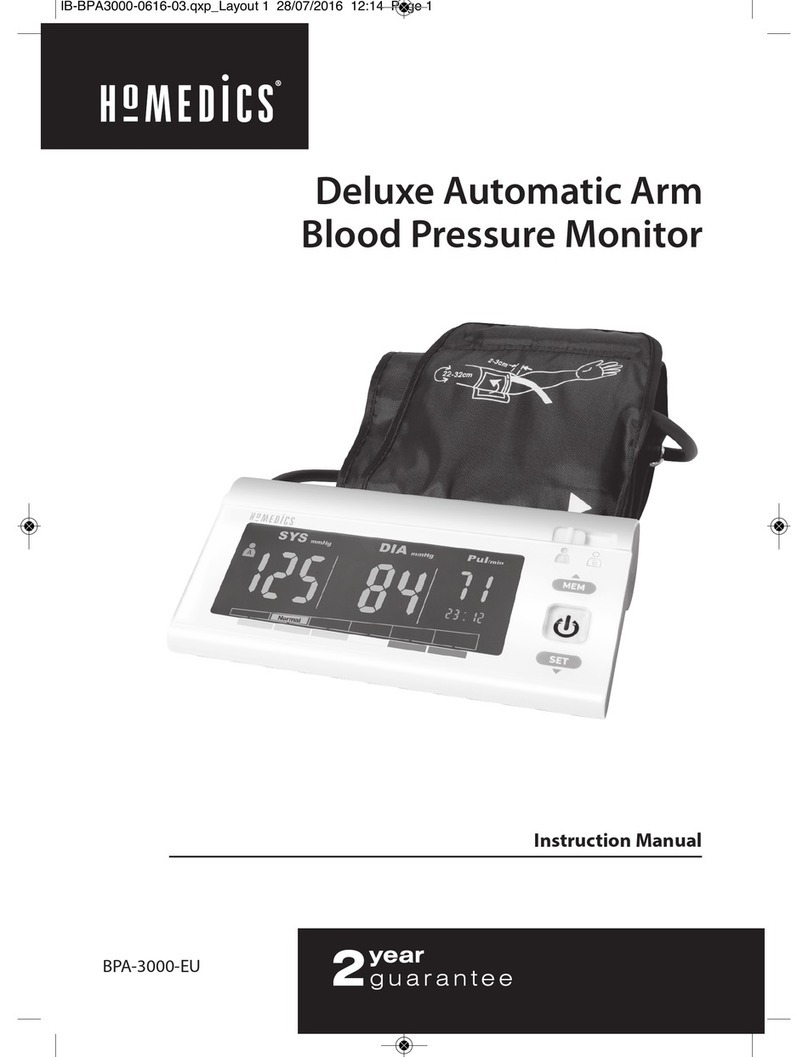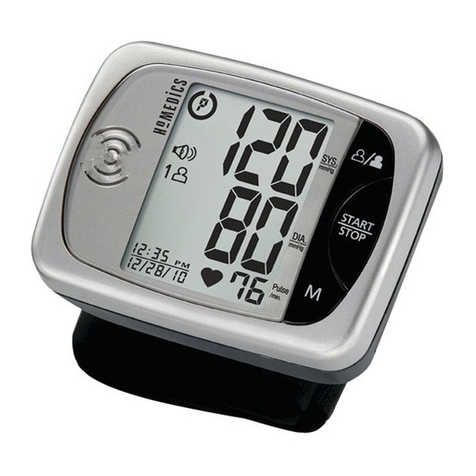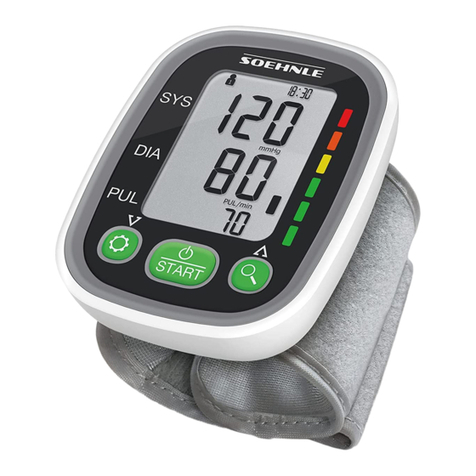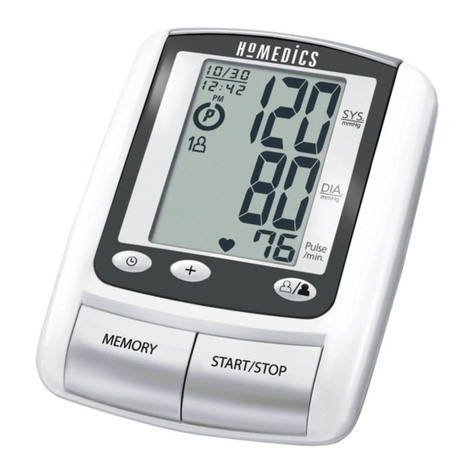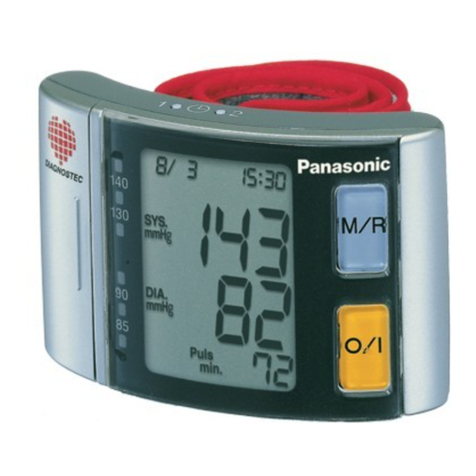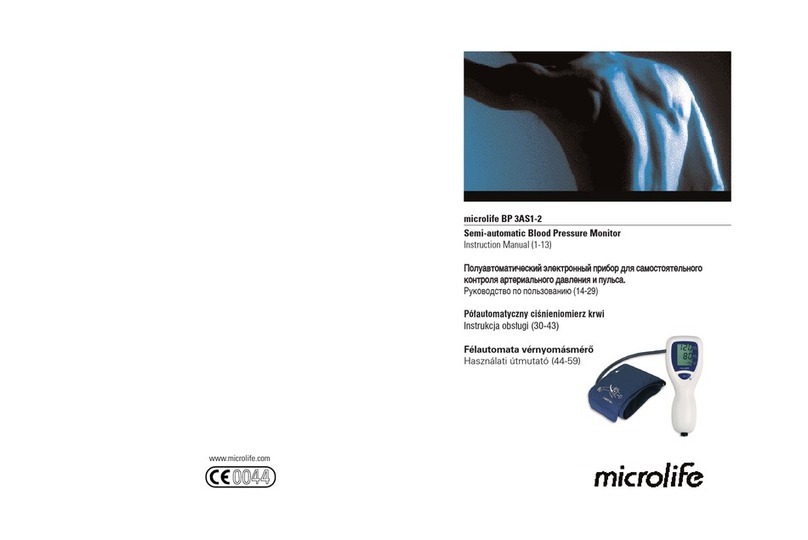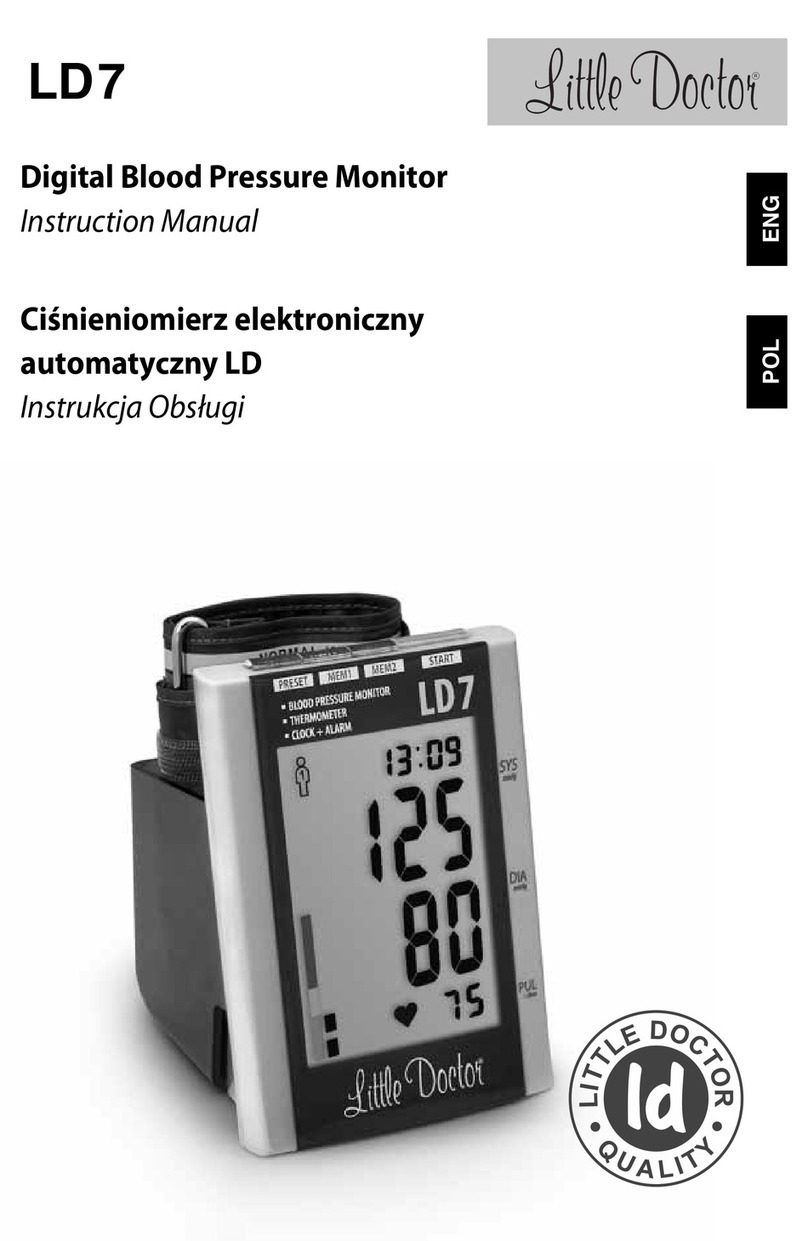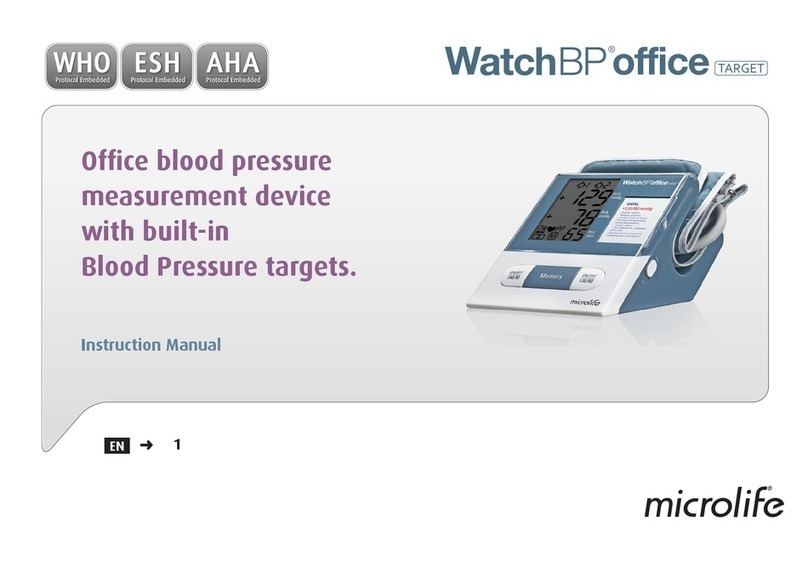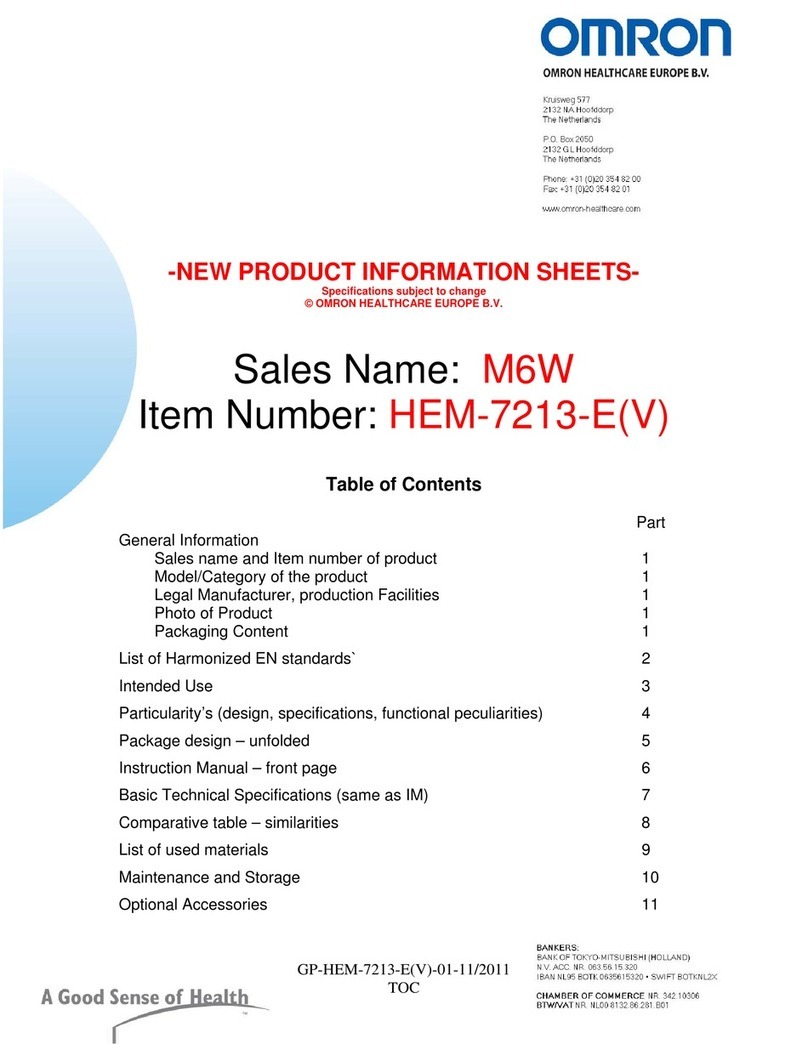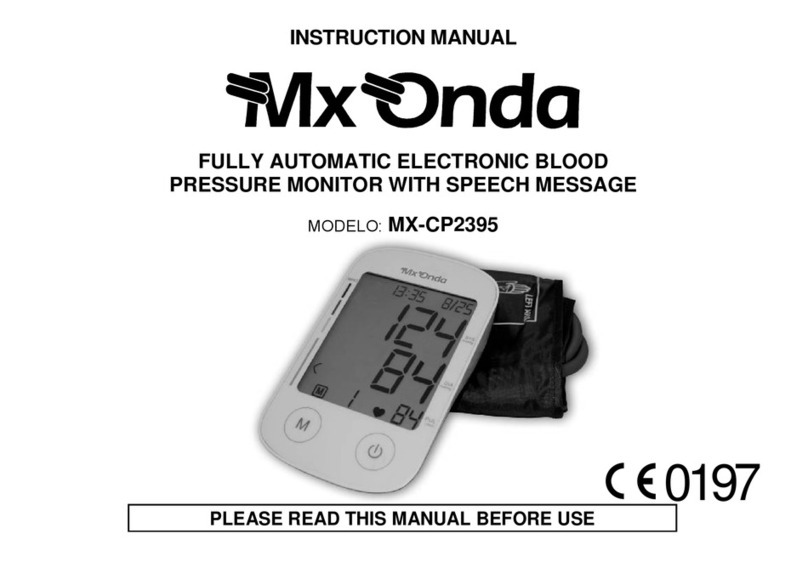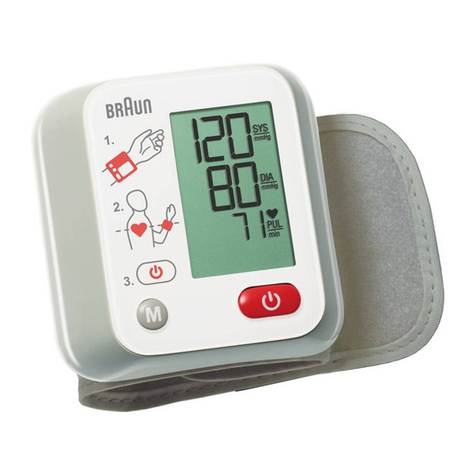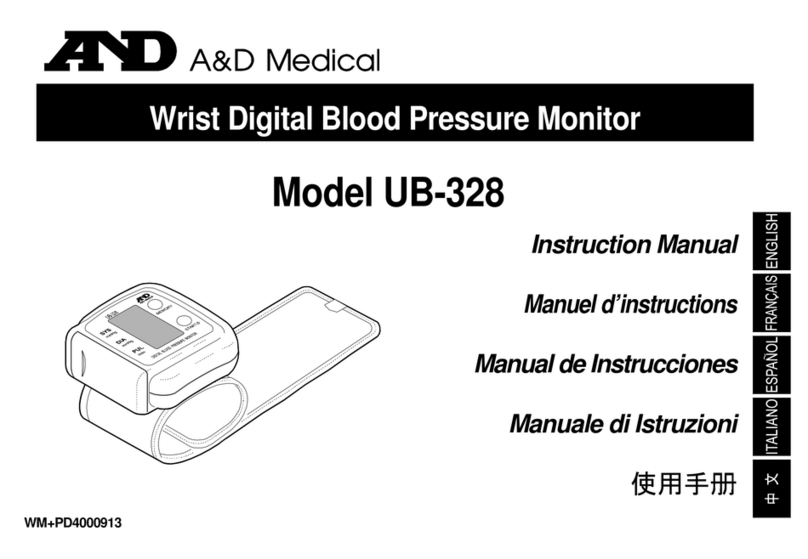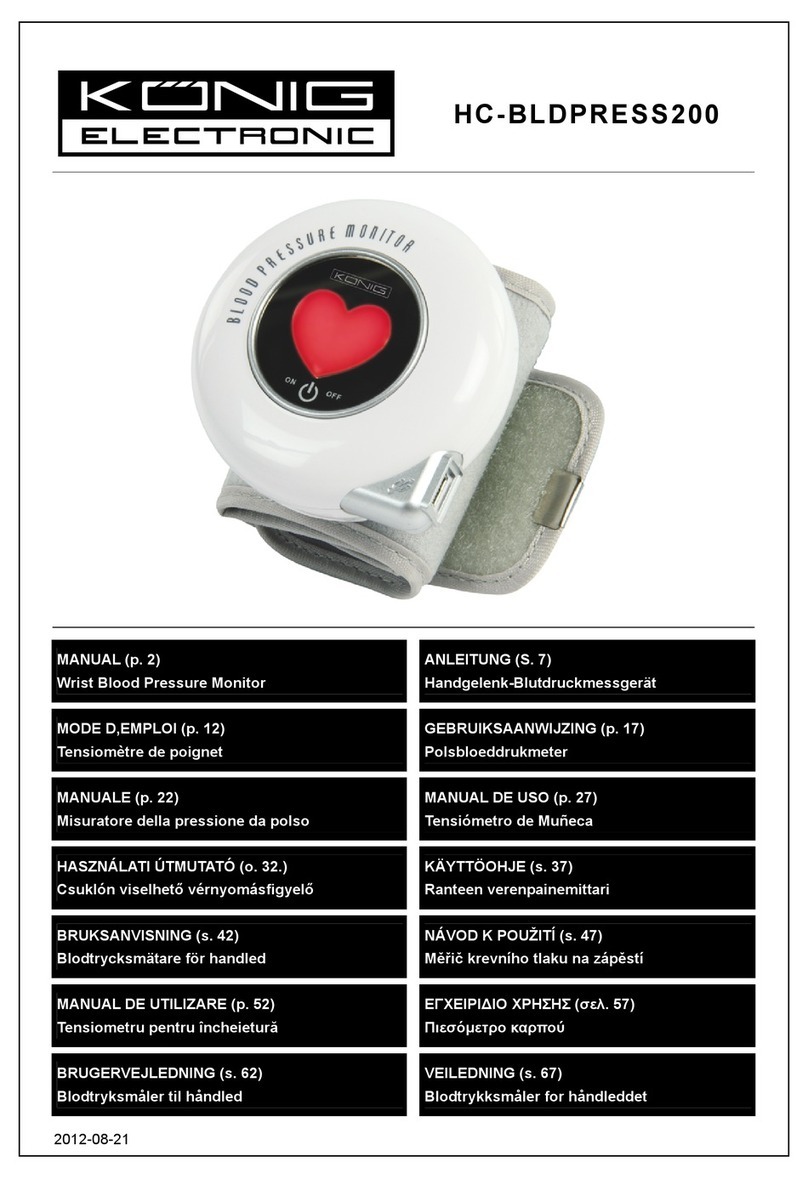
IMPORTANT
PRODUCT
NOTICES
AND
SAFETY
INSTRUCTIONS
When using your blood pressure monitor, basic precautions
should always be followed. Please read and follow all instructions
and warnings before using this product. Save these instructions
for future reference.
The device can accurately measure blood pressure
in
pregnant
patients including those with known or suspected preeclampsia
conditions.
Measurement position
is
at the human being's upper arm. This
device
is
intended for over-the-counter home use
in
adults 18
years and older with
an
arm circumference ranging from 9 inches
to 17 inches (approx. 23cm to 43cm).
• Please note that this
is
a home healthcare product only
and this manual and device are not intended to serve
as a substitute for the advice of a physician or medical
professional. ·
• This device uses the oscillometric method to measure systolic
and diastolic blood pressure, as well as heart rate.
•
DO
NOT use this device for diagnosis or treatment of
any health problem or disease. Measurement results are
for reference only. Consult a healthcare professional for
interpretation of pressure measurements. Contact your
physician if you have or suspect any medical problem. Do not
change your medications without the advice of your physician
or healthcare professional.
• Proper cuff size
is
critical for accurate measurements. Follow
the instructions
in
this manual and printed on the arm cuff to
ensure the arm cuff
is
used properly.
•
If
you are pregnant, you should pay more attention to your
blood pressure changes because during this time, it may
change drastically.
• This monitor
is
clinically validated for use
in
pregnancy
and pre-eclampsia. When you detect unusual readings
in
pregnancy, you should measure again after taking some
rest.
If
the reading
is
still abnormal, consult your doctor or
gynecologist.
• This product
is
not suitable for:
0 People with arrhythmias
0 People undergoing intravenous injection on any limb
0 People currently
in
a dialysis treatment
• For those who have had a mastectomy or lymph node
clearance, it
is
recommended
to
take a measurement on the
unaffected side.
• This device may have difficulty determining proper blood
pressure for users with irregufar heartbeat, diabetes, liver
disease, kidney disease, poor circulation of the blood or
for users who have suffered a stroke. Please consult your
healthcare professional before using this device.
• Excessive use may result
in
blood flow interference, which
is
likely to cause uncomfortable sensations, such as partial
subcutaneous hemorrhage, or temporary numbness to
your arm.
In
general, these symptoms should not last long.
However, if you continue to experience these sensations,
please seek advice from a medical professional.
• When used along with other medical electronic equipment on
the same arm, pressurization ofthe cuff may cause the other
devices to temporarily malfunction.
• The pulse display
is
not suitable for checking the frequency of
heart pacemakers.
• Electromagnetic interference: The device contains
sensitive electronic components. Avoid strong electrical or
electromagnetic fields
in
the direct vicinity of the device (e.g
mobile telephones, microwave ovens). These may lead to
temporary impairment of measurement accuracy.
• Consider the electromagnetic compatibility of the device
(ex.
power disturbance, radio frequency interference etc.)
Please use this device indoors only.
• Use blood pressure monitor only for its intended use.
•
DO
NOT wrap the cuff around body parts other than
your arm.
•
DO
NOT use this device on infants, children, or those who
cannot express their own intention.
•
DO
NOT plug or unplug the adapter power cord with
wet hands.
• Please use 1.5V "AA" alkaline batteries for power supply.
• Please rest for at least
5-1
Ominutes before taking a
measurement.
• To allow your blood vessels to return to the condition prior
to taking the measurement, please wait at least 3-5 minutes
between measurements. You may need to adjust the wait
time according to your personal physiological situation.
• Wait 30-45 minutes before measurement if you've just
consumed caffeinated beverages or smoked cigarettes.
• The applied part
is
the cuff.
• The patient
is
the intended operator.
Blood pressure measurements determined with this device
are equivalent to those obtained by a trained observer using
the cuff/stethoscope auscultatory method, within the accuracy
limits prescribed
by
the American National Standard, Manual,
electronic,
or
automated sphygmomanometers.
In
the event that the device needs to be checked for calibration,
contact the distributor.


